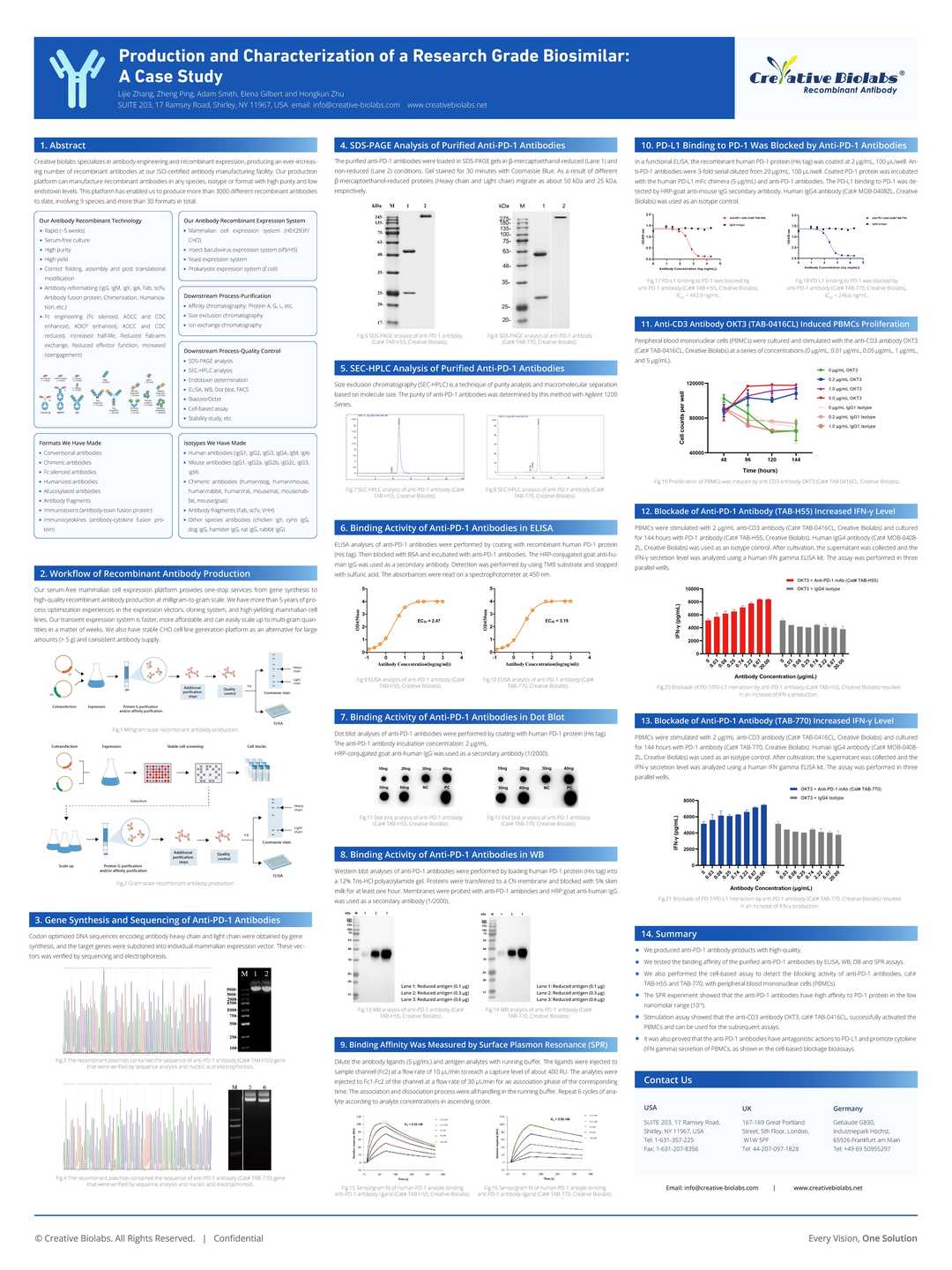Human Anti-SMAD4 scFv-Fc Chimera (VS-0325-FY201)
CAT#: VS-0325-FY201
The anti-SMAD4 scFv-Fc antibody targets SMAD4, a central mediator in the TGF-β signaling pathway. This antibody provides specific targeting of SMAD4, with potential applications in research related to TGF-β signaling, cell growth regulation, and its role in cancer and other diseases.









Specifications
- Immunogen
- Peptides derived from SMAD4
- Host Species
- Human
- Type
- Human IgG1, scFv-Fc
- Specificity
- Human SMAD4
- Species Reactivity
- Human
- Applications
- ELISA, Immunofluorescence
Product Property
- Purity
- >95% as determined by SDS-PAGE
- Concentration
- Please refer to the vial label for the specific concentration.
- Storage
- Centrifuge briefly prior to opening vial. Store at +4°C short term (1-2 weeks). Aliquot and store at -20°C long term. Avoid repeated freeze/thaw cycles.
- Shipping
- Ice packs
Target
- Alternative Names
- SMAD Family Member 4; Deletion Target In Pancreatic Carcinoma 4; MAD Homolog 4; MADH4; DPC4; MAD, Mothers Against Decapentaplegic Homolog 4 (Drosophila); Mothers Against Decapentaplegic, Drosophila, Homolog Of, 4; SMAD, Mothers Against DPP Homolog 4 (Drosophila); Mothers Against Decapentaplegic Homolog 4
- Gene ID
- 4089
- UniProt ID
- Q13485
- Long Name
- SMAD Family Member 4
- Sequence Similarities
- Belongs to the dwarfin/SMAD family.
- Cellular Localization
- Cytoplasm; Nucleus
- Post Translation Modifications
- Phosphorylated by PDPK1.
Monoubiquitinated on Lys-519 by E3 ubiquitin-protein ligase TRIM33. Monoubiquitination hampers its ability to form a stable complex with activated SMAD2/3 resulting in inhibition of TGF-beta/BMP signaling cascade. Deubiquitination by USP9X restores its competence to mediate TGF-beta signaling.
- Protein Refseq
- NP_005350.1
- Function
- In muscle physiology, plays a central role in the balance between atrophy and hypertrophy. When recruited by MSTN, promotes atrophy response via phosphorylated SMAD2/4. MSTN decrease causes SMAD4 release and subsequent recruitment by the BMP pathway to promote hypertrophy via phosphorylated SMAD1/5/8. Acts synergistically with SMAD1 and YY1 in bone morphogenetic protein (BMP)-mediated cardiac-specific gene expression. Binds to SMAD binding elements (SBEs) (5'-GTCT/AGAC-3') within BMP response element (BMPRE) of cardiac activating regions (By similarity).
Common SMAD (co-SMAD) is the coactivator and mediator of signal transduction by TGF-beta (transforming growth factor). Component of the heterotrimeric SMAD2/SMAD3-SMAD4 complex that forms in the nucleus and is required for the TGF-mediated signaling (PubMed:25514493).
Promotes binding of the SMAD2/SMAD4/FAST-1 complex to DNA and provides an activation function required for SMAD1 or SMAD2 to stimulate transcription. Component of the multimeric SMAD3/SMAD4/JUN/FOS complex which forms at the AP1 promoter site; required for synergistic transcriptional activity in response to TGF-beta. May act as a tumor suppressor. Positively regulates PDPK1 kinase activity by stimulating its dissociation from the 14-3-3 protein YWHAQ which acts as a negative regulator.
Customer Review
There are currently no Customer reviews or questions for VS-0325-FY201. Click the button above to contact us or submit your feedback about this product.
Submit Your Publication
Published with our product? Submit your paper and receive a 10% discount on your next order! Share your research to earn exclusive rewards.
Related Diseases
Related Signaling Pathways
Downloadable Resources
Download resources about recombinant antibody development and antibody engineering to boost your research.
Product Notes
This is a product of Creative Biolabs' Hi-Affi™ recombinant antibody portfolio, which has several benefits including:
• Increased sensitivity
• Confirmed specificity
• High repeatability
• Excellent batch-to-batch consistency
• Sustainable supply
• Animal-free production
See more details about Hi-Affi™ recombinant antibody benefits.
Datasheet
MSDS
COA
Certificate of Analysis LookupTo download a Certificate of Analysis, please enter a lot number in the search box below. Note: Certificate of Analysis not available for kit components.
Protocol & Troubleshooting
We have outlined the assay protocols, covering reagents, solutions, procedures, and troubleshooting tips for common issues in order to better assist clients in conducting experiments with our products. View the full list of Protocol & Troubleshooting.
Isotype Control
- CAT
- Product Name
Secondary Antibody
- CAT
- Product Name
See other products for "SMAD4"
Select a product category from the dropdown menu below to view related products.
| CAT | Product Name | Application | Type |
|---|---|---|---|
| MOB-0816CT | Recombinant Mouse anti-Human SMAD4 Monoclonal antibody (TNE57 (tbnf bt EDT-57)) | ChIP, FC, ICC, IF, IP, WB | |
| MRO-1405-CN | Recombinant Rabbit Anti-SMAD4 Monoclonal Antibody (CBACN-513) | WB, IF, IHC, FC | Rabbit IgG |
| VS3-WK935 | Rabbit Anti-SMAD4 Recombinant Antibody (VS3-WK935) | WB, ICC, IF, IHC, FC | Rabbit IgG |
| VS7-0425-WR879 | Mouse Anti-SMAD4 Monoclonal Antibody (clone 4G1C6) | WB, IHC, ICC, FC | Mouse IgG1 |
| VS7-0425-WR880 | Mouse Anti-SMAD4 Monoclonal Antibody (VS7-0425-WR880) | WB, IHC-P, IF, ICC, FC, ELISA | Mouse IgG |
| CAT | Product Name | Application | Type |
|---|---|---|---|
| MOR-3323 | Hi-Affi™ Recombinant Rabbit Anti-SMAD4 Monoclonal Antibody (DS3323AB) | WB, IHC-P, ICC, FC, IP | IgG |
| MOR-4736 | Hi-Affi™ Recombinant Rabbit Anti-SMAD4 Monoclonal Antibody (TH250DS) | WB, IF, ICC, FC | IgG |
| CAT | Product Name | Application | Type |
|---|---|---|---|
| VS-0724-YC832 | AbPlus™ Anti-SMAD4 Magnetic Beads (VS-0724-YC832) | IP, Protein Purification |
| CAT | Product Name | Application | Type |
|---|---|---|---|
| VS-0325-XY2107 | Anti-SMAD4 Immunohistochemistry Kit | IHC | |
| VS-0525-XY6721 | Anti-Mouse SMAD4 Immunohistochemistry Kit | IHC | |
| VS-0525-XY6720 | Anti-Human SMAD4 Immunohistochemistry Kit | IHC | |
| VS-0525-XY6722 | Anti-Rat SMAD4 Immunohistochemistry Kit | IHC |
Popular Products

Application: WB, FuncS, IF, Neut, ELISA, FC, IP

Application: ELISA, FC, IP, FuncS, IF, Neut, ICC

Application: Neut, ELISA, Inhib, ICC, WB

Application: ELISA, IHC, FC, IP, IF, FuncS

Application: ELISA, IHC, FC, IP, IF, FuncS

Application: ELISA, WB, Microarray, Block

Application: ELISA, Neut
For research use only. Not intended for any clinical use. No products from Creative Biolabs may be resold, modified for resale or used to manufacture commercial products without prior written approval from Creative Biolabs.
This site is protected by reCAPTCHA and the Google Privacy Policy and Terms of Service apply.












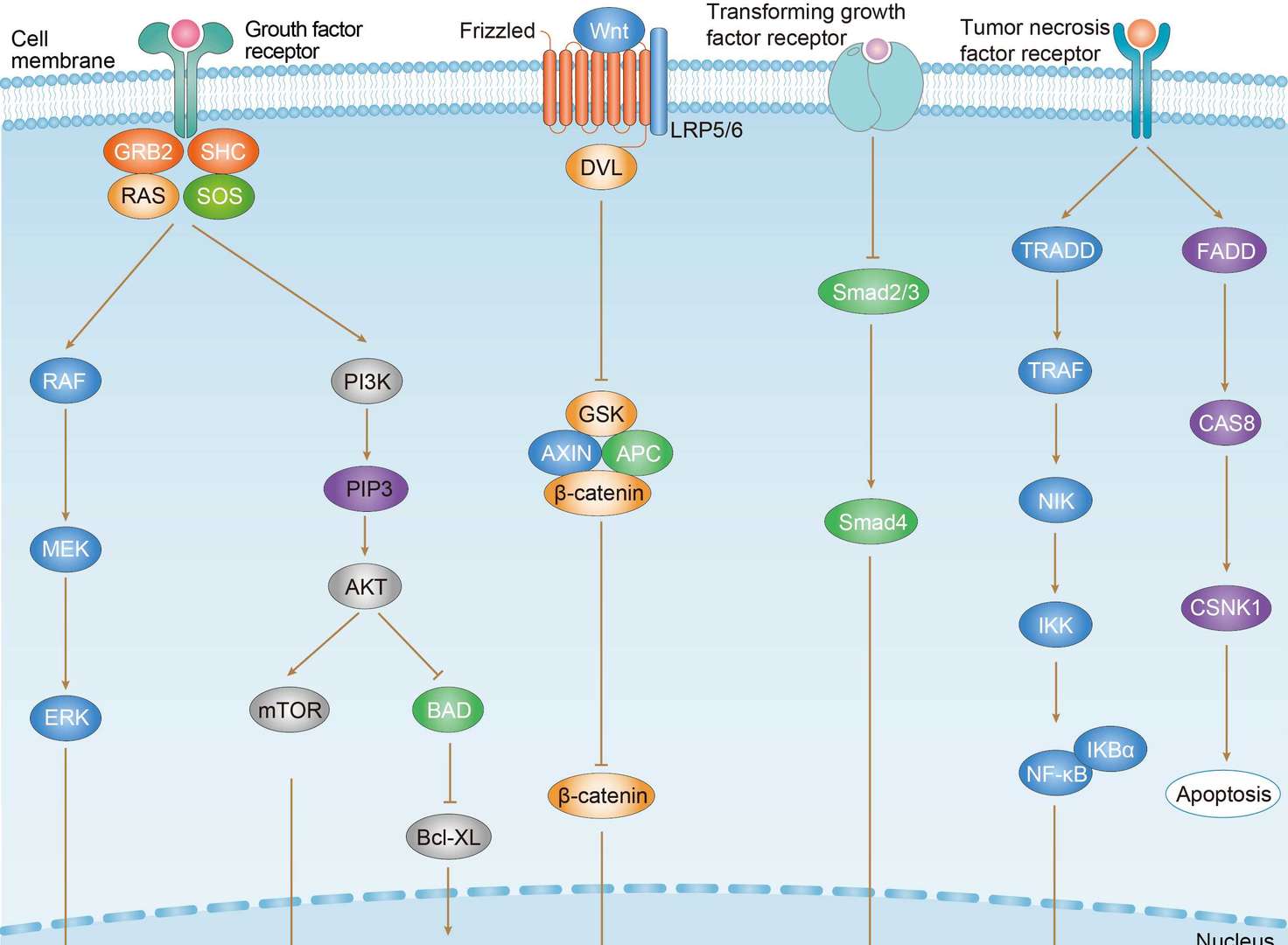 Colorectal Cancer
Colorectal Cancer
 Gastric Cancer
Gastric Cancer
 Pancreatic Cancer
Pancreatic Cancer
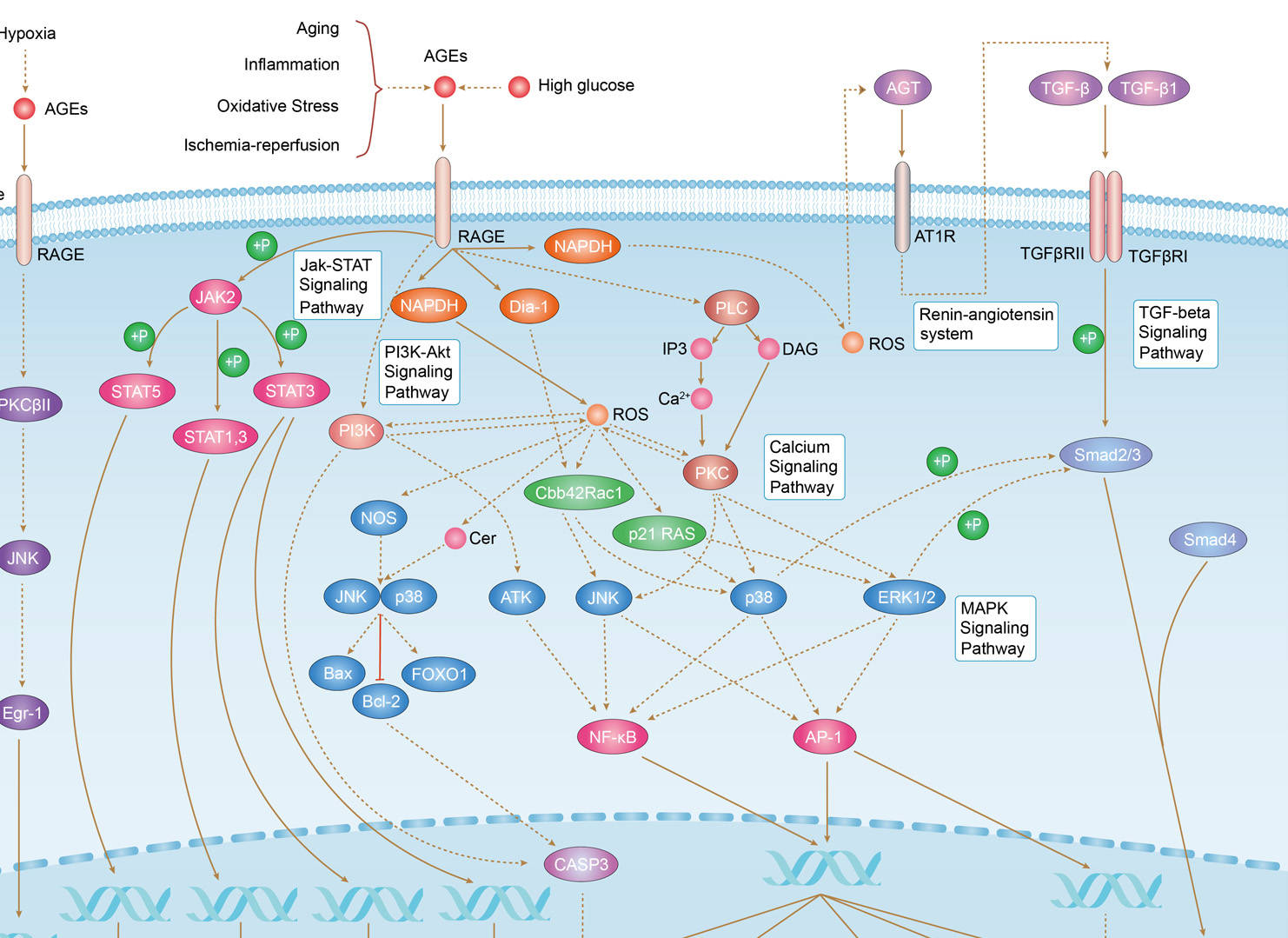 AGE-RAGE Signaling Pathway in Diabetic Complications
AGE-RAGE Signaling Pathway in Diabetic Complications
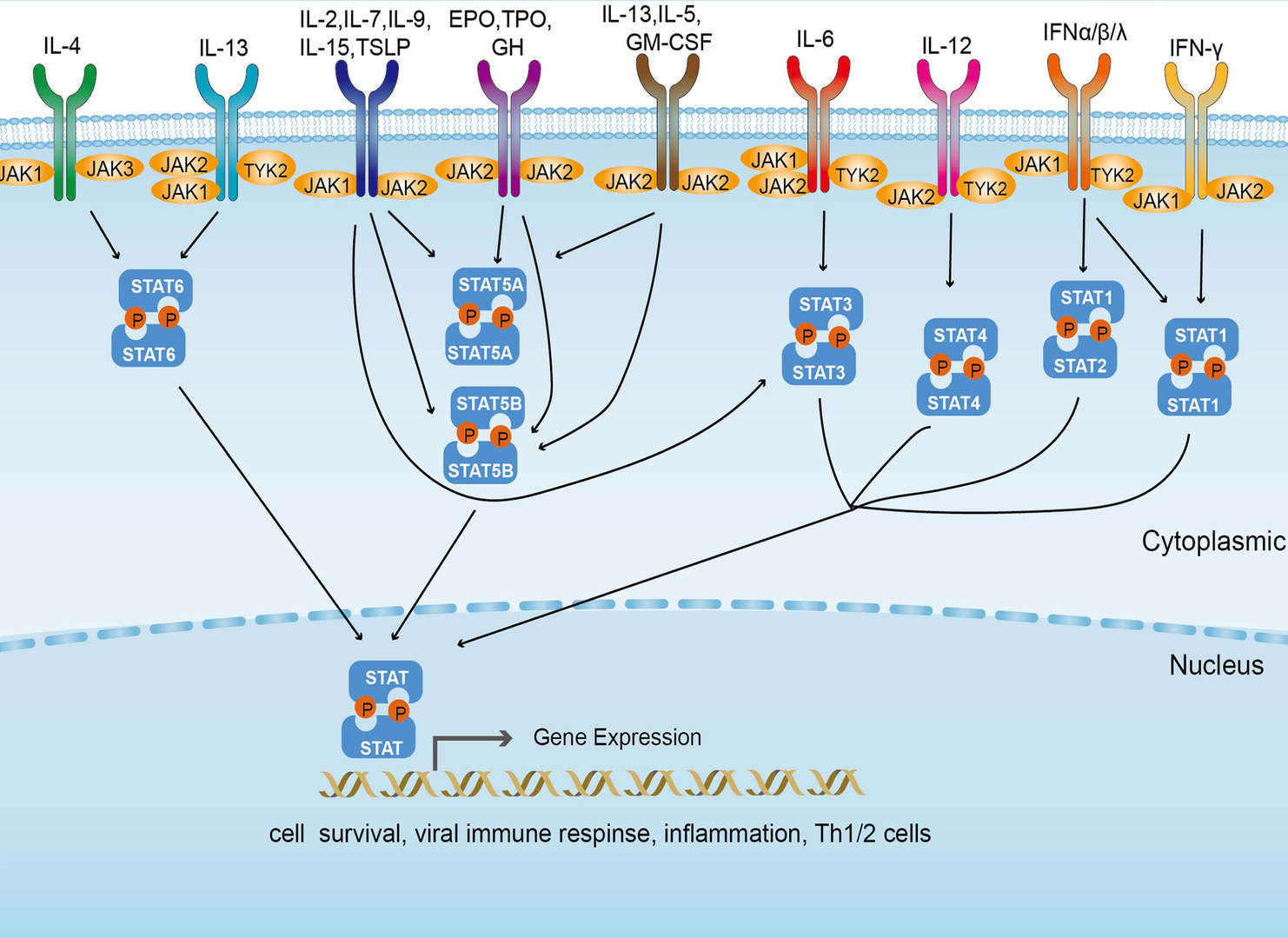 JAK-STAT Signaling Pathway
JAK-STAT Signaling Pathway
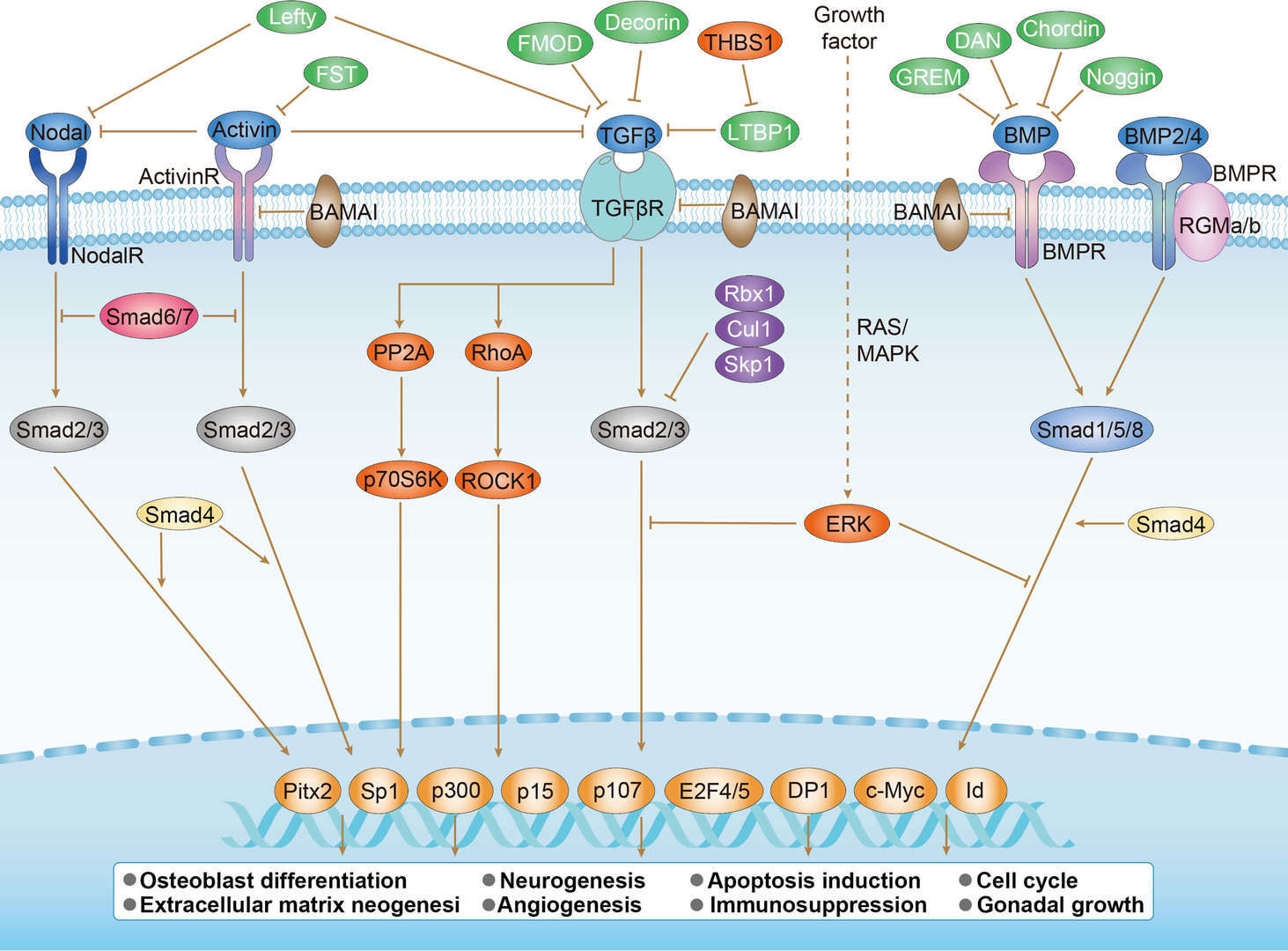 TGF-β Signaling Pathway
TGF-β Signaling Pathway

